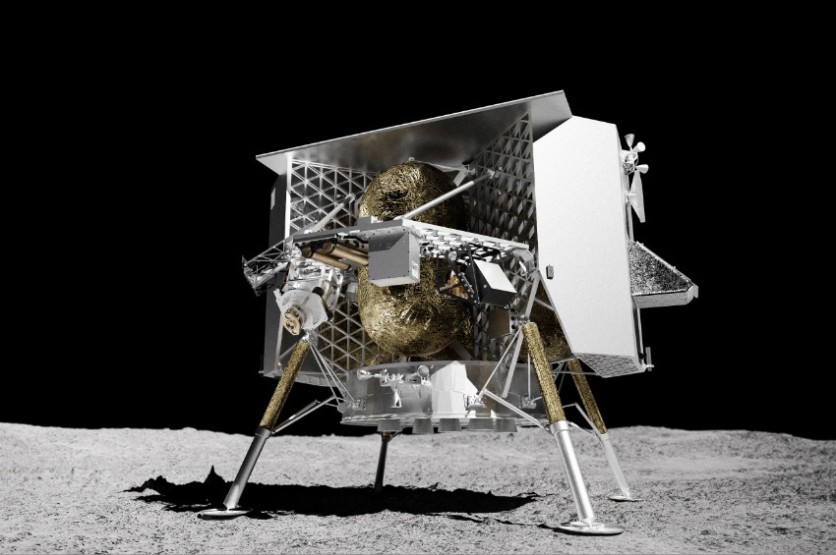The United States is gearing up for a historic lunar mission, marking a significant step in reigniting space exploration. Scheduled for January 25, the Astrobotic's Peregrine Lander is set to etch history with a daring moon landing attempt, poised to be a pioneering feat for a private company (via AP).
Astrobotic, a Pittsburgh-based space company, leads this historic mission. Spearheaded by CEO John Thornton, the Peregrine Lander bears the weight of NASA instruments intended to unravel the mysteries of the lunar environment.
The mission aligns with NASA's vision under the Commercial Lunar Payload Services (CLPS) program, aimed at propelling scientific exploration and fostering a lunar economy.

Countdown Begins for US Company Moon Launch
As the countdown to liftoff begins, anticipation and excitement abound. Scheduled to launch from Florida's Cape Canaveral Space Force Station on December 24, atop the inaugural flight of ULA's Vulcan Centaur rocket, this mission encapsulates a multitude of firsts.
Astrobotic's Mission Control Center (AMCC) will take control of Peregrine once it separates from the ULA rocket. Astrobotic will then attempt a soft landing at the Gruithuisen Domes and support lunar surface payload operations for approximately 10 days.
It is noteworthy that this expedition signifies more than just a scientific feat; it carries the aspirations of a nation and the hopes and dreams of Pittsburgh, as CEO John Thornton shared in an interview with FoxWeather.
Peregrine's objectives are no less than monumental. The lander will serve as a hub for over 20 lunar payloads, encompassing a gamut of scientific missions encompassing NASA endeavors, university research, and diverse government and private projects.
These payloads aim to delve into the lunar exosphere, surface volatiles, and the radiation environment, all crucial components for planning and executing future crewed missions to the moon, as articulated by NASA's Program Scientist Ryan Watkins.
The landing site at the Gruithuisen Domes, a lunar volcanic region, has been meticulously chosen for its scientific significance. However, the journey is fraught with challenges, as history indicates that only about half of the missions to the moon have been successful.
Space Race
NASA's acknowledgment of potential risks and the acceptance that some missions might not succeed underscores the complexity and uncertainty of space exploration, as pointed out by Chris Culbert, the CLPS program manager, SCMP reports.
Amidst the race to reach lunar terrain, other players, such as Intuitive Machines partnering with SpaceX, are also part of NASA's CLPS program, signifying a collaborative push toward lunar exploration.
This endeavor marks the dawn of a new chapter in US space exploration, where private entities assume a pivotal role in advancing mankind's reach beyond Earth.
Stay posted here at Tech Times.
Related Article : [LOOK] NASA Orbiter Sees Otherworldly Views of Mars Horizon

ⓒ 2025 TECHTIMES.com All rights reserved. Do not reproduce without permission.




